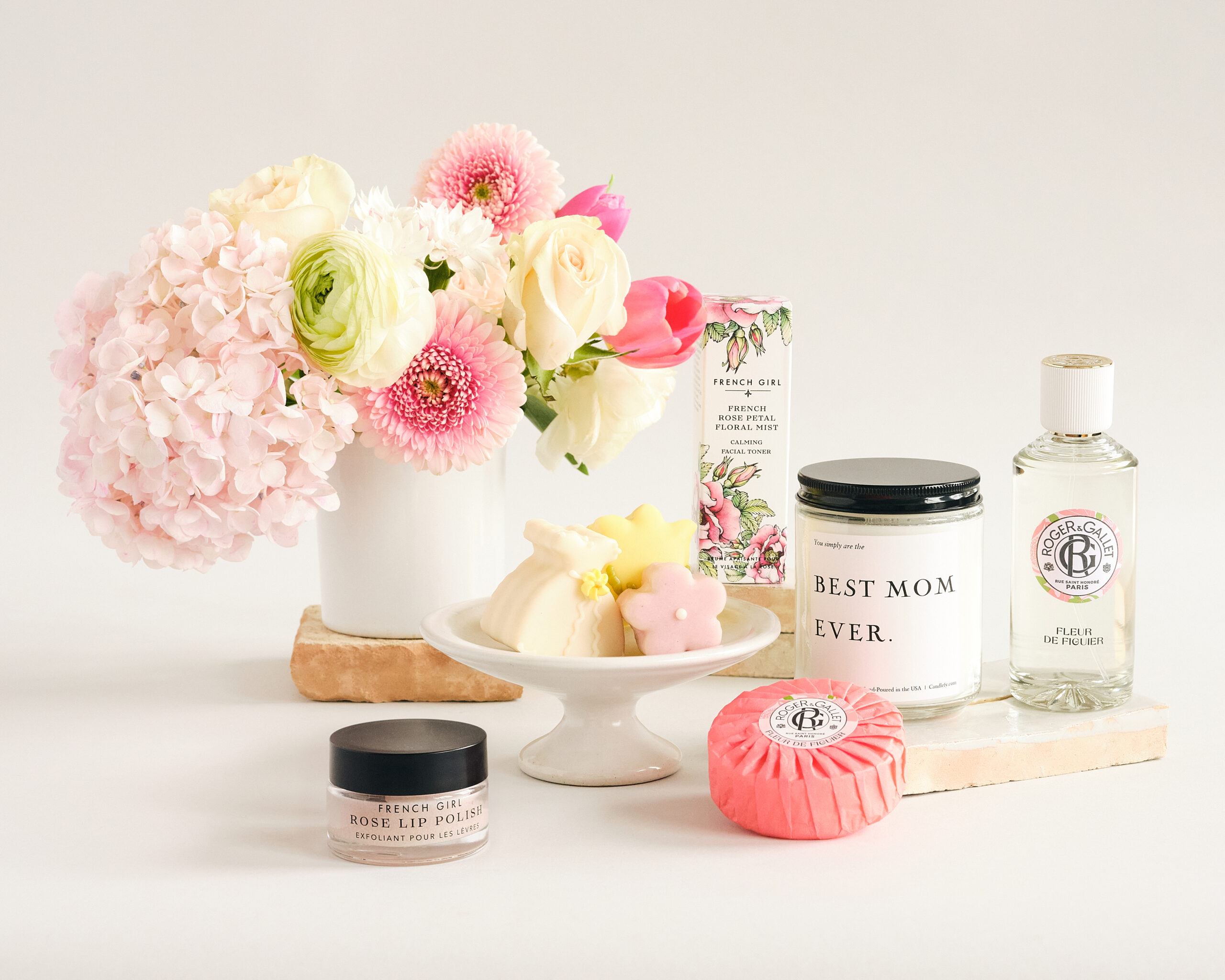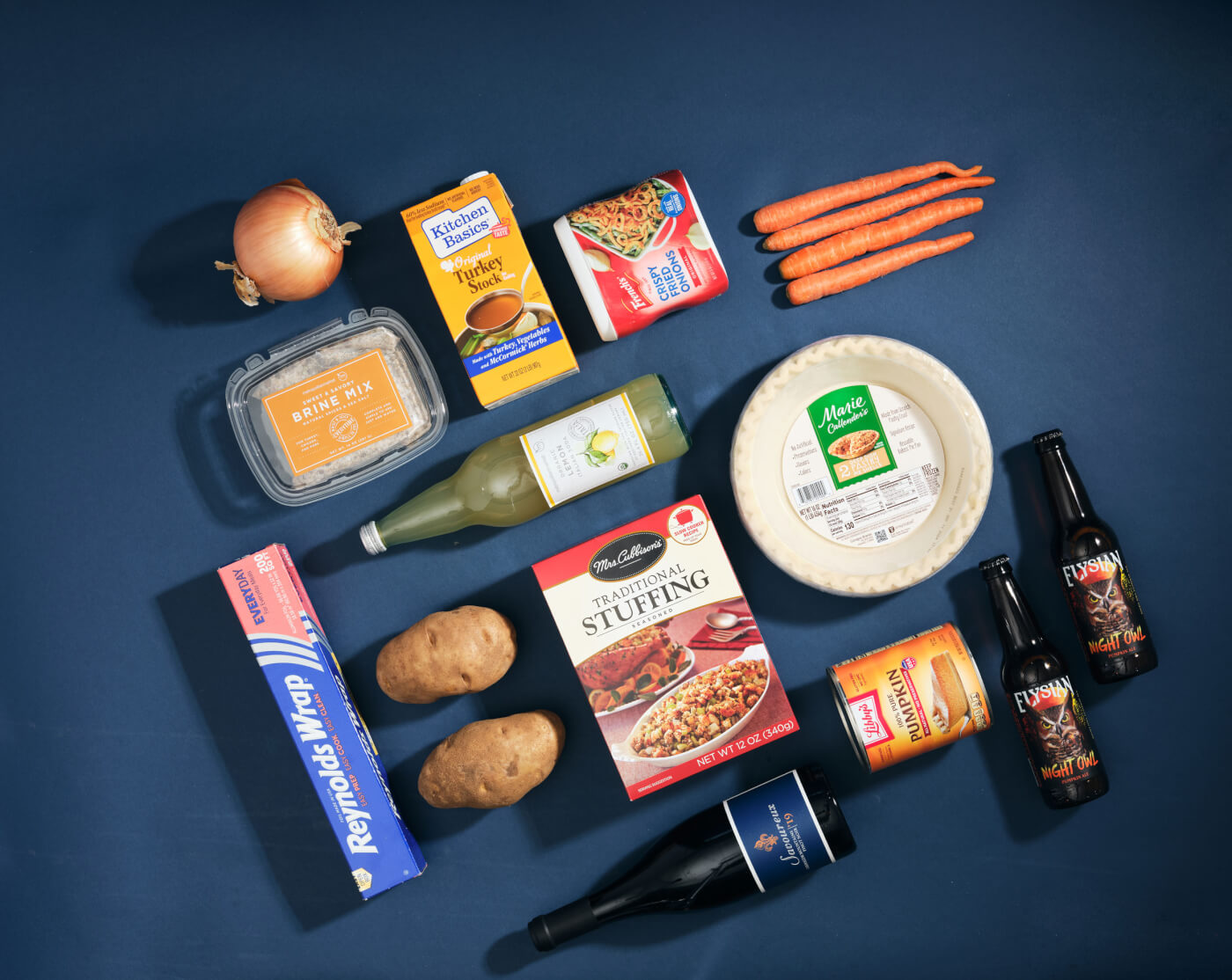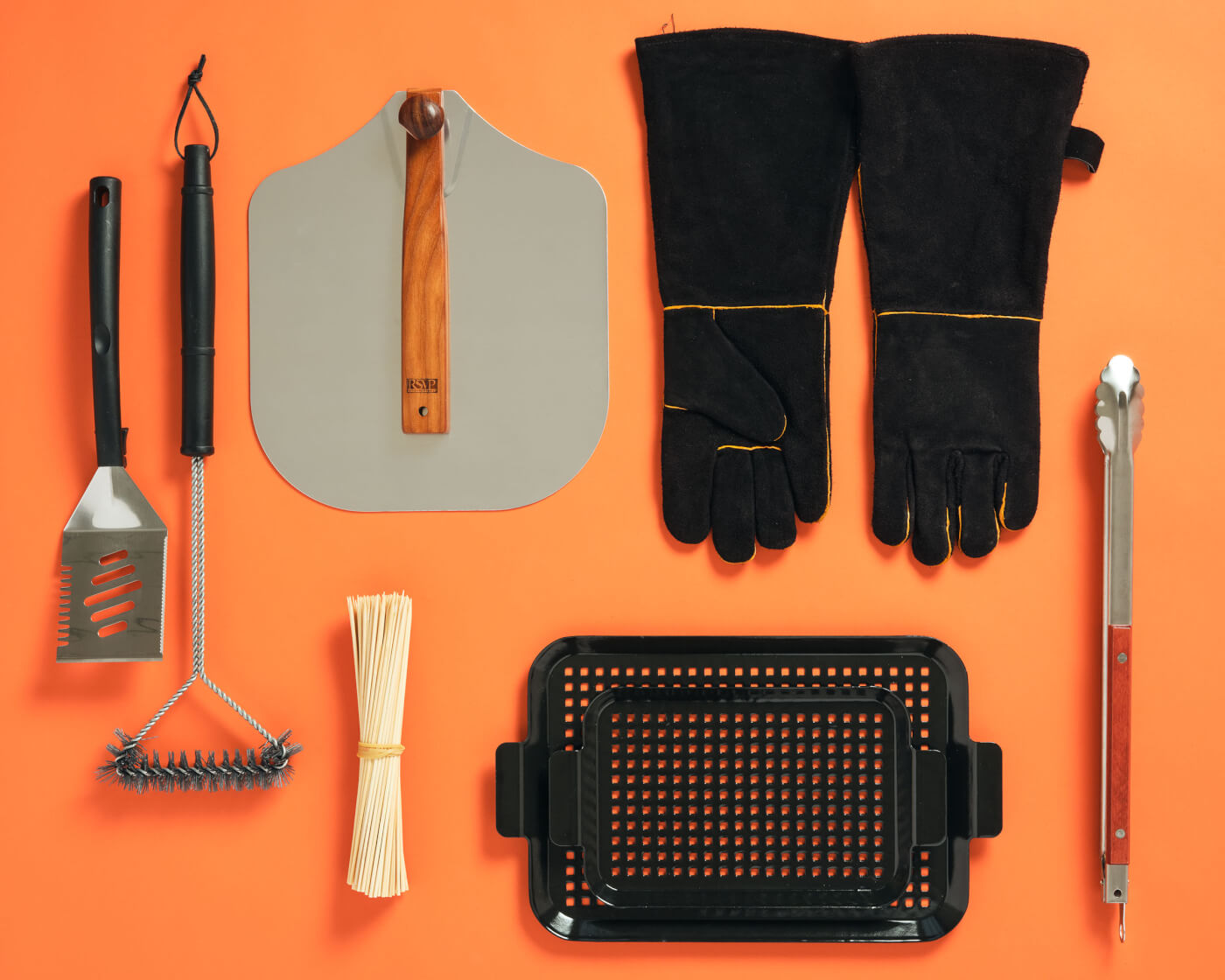The Goods
So you’ve got the bird, but do you have the right tools to cook it? Here’s a quick refresh of the essentials, from brining bag to serving platter.
Brining Bag
While brining the turkey is technically optional, we guarantee it’ll make all the difference in taste and texture. Find a brining bag that’s big enough to fit your entire turkey; it’s important that the bird remain fully submerged in liquid for the best results. And if you’re tempted to use a plastic garbage bag…don’t! They’re lined with scents or other chemically substances (gross!) Most grocery stores will have plenty of food-safe brining bags during the holidays.
Roasting Pan + Roasting Rack
Can’t roast a turkey without a pan! Ideally, you want a pan that’s big enough to fit the bird comfortably, without any meat touching the edges. The rack will keep the bird elevated, creating an even cooking surface.
Kitchen Twine
Kitchen twine is one of those things that you never know you needed until you have it. It just makes little tasks easier, which helps cut down on stress and saves time. You can use it to tie the brining bag together, or tie the turkey legs together (called trussing), a process that isn’t necessary but makes the bird look a bit more polished when done.
Baster + Silicone Brush
While your turkey is roasting, you want to periodically soak up some of the drippings and redistribute them on top using a baster or a silicone brush. This will help keep the bird nice juicy and flavorful.
Meat Thermometer
According to the National Turkey Federation, you want to check the temp of your turkey in three places: the innermost part of the thigh, the thickest part of the breast, and the innermost part of the wing. Make sure all three reach an internal temperature of at least 165° F.
Carving Board
The biggest difference between a traditional cutting board and a carving board? The drip grooves. When that turkey comes out, it’s going to be dripping in savory juices, and those grooves along the edges will help catch that.
Carving Tools
Outside of the carving board, you want at least two sharp pieces of equipment: a good carving knife and a carving fork. Carving knives are long and sharp, which makes it easy to get in between bones and get the most meat, and the fork will help you get a good, stable hold on the bird.
Serving Platter
This is a bit of a “no duh” item, but I rarely need a giant serving platter in the non-holiday months. So if you’re on turkey duty, dig out yours well in advance or try to borrow a large-enough dish from a friend or family member.





